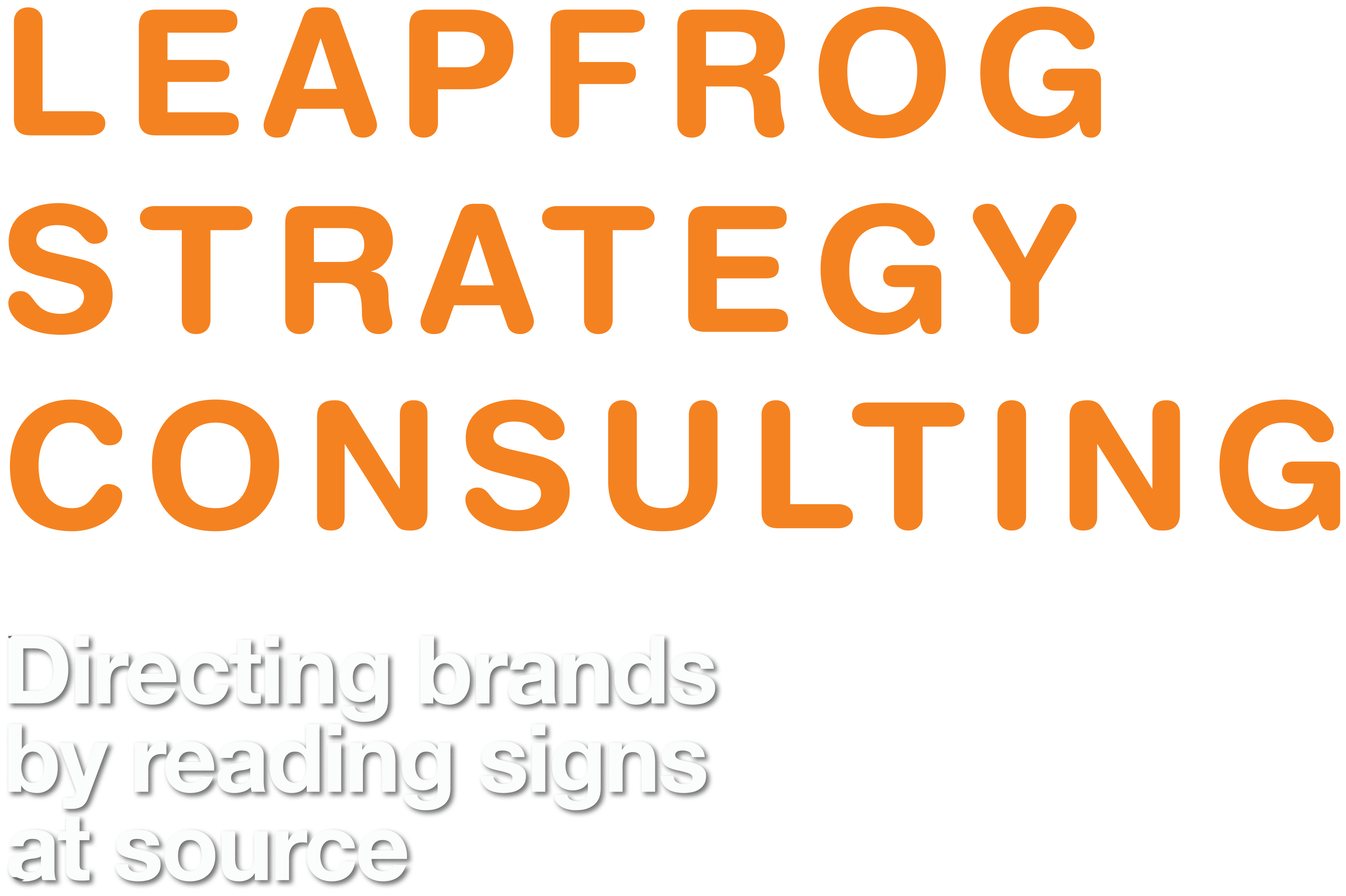Success Stories
Over the years, we have helped many clients benefit from our Semiotics Studies. We have provided them with actionable insights that have helped them win with the consumer. A small selection of success stories based on different areas of application of Semiotics can be found below.
Packaging
Positioning
Brand
Audience
Culture
Recoding packaging to catalyse growth
The Challenge: Sugarfree Green, the stevia variant of the Sugarfree master brand was not showing the growth that the brand owners were aiming for. It was not altering the negative image about sugar substitutes – medicine not grocery; chemical not natural; only for tea etc that were holding back growth.
Our Approach: We interrogated packs, not consumers. We scanned 140 international packs of sweeteners/sugar substitutes, decoded 40-50 of them in depth, decoded sweetener products as well for their signs and symbolism. We also studied sweets, both Indian and Western for their connotations and identified how these meanings enabled or detracted from growth.
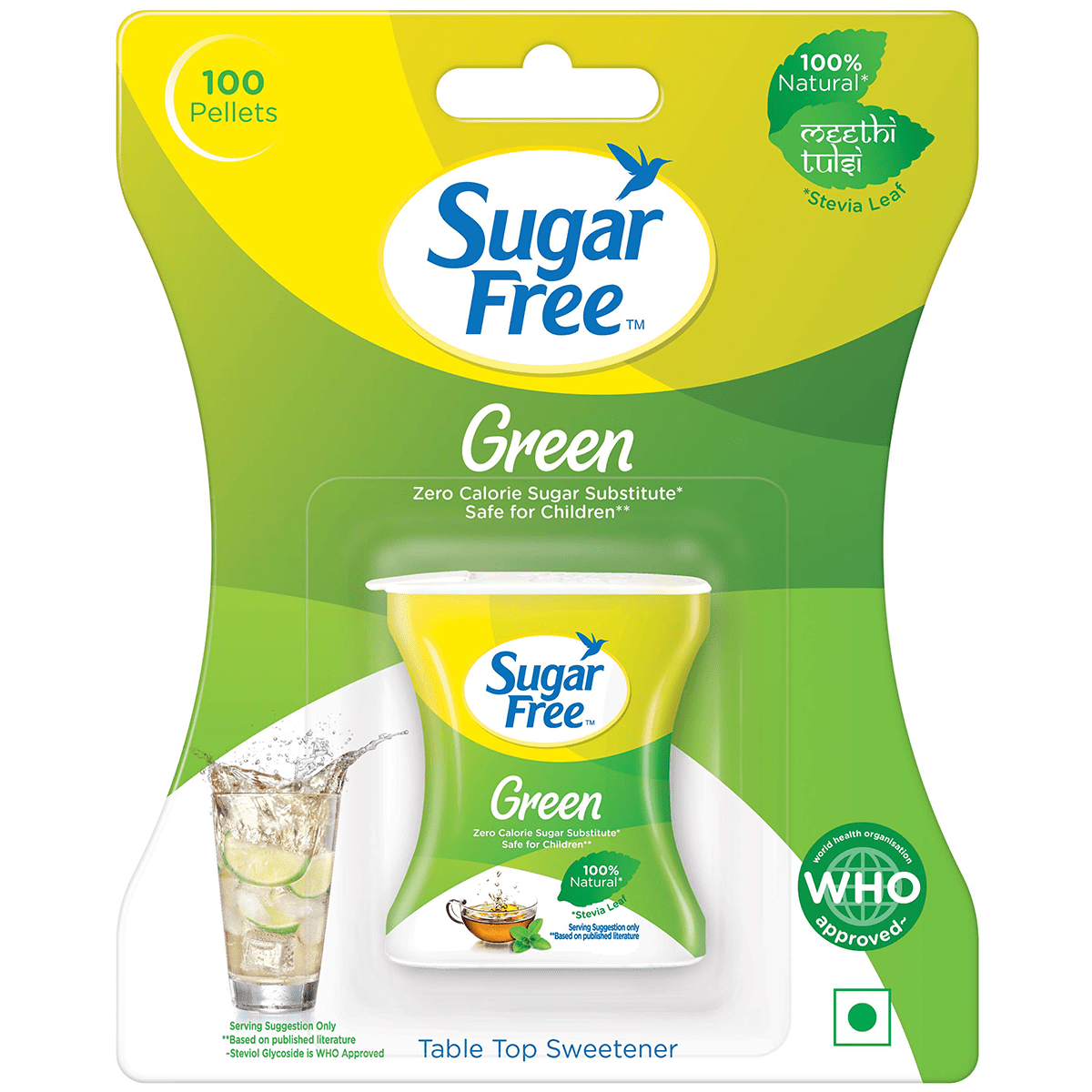
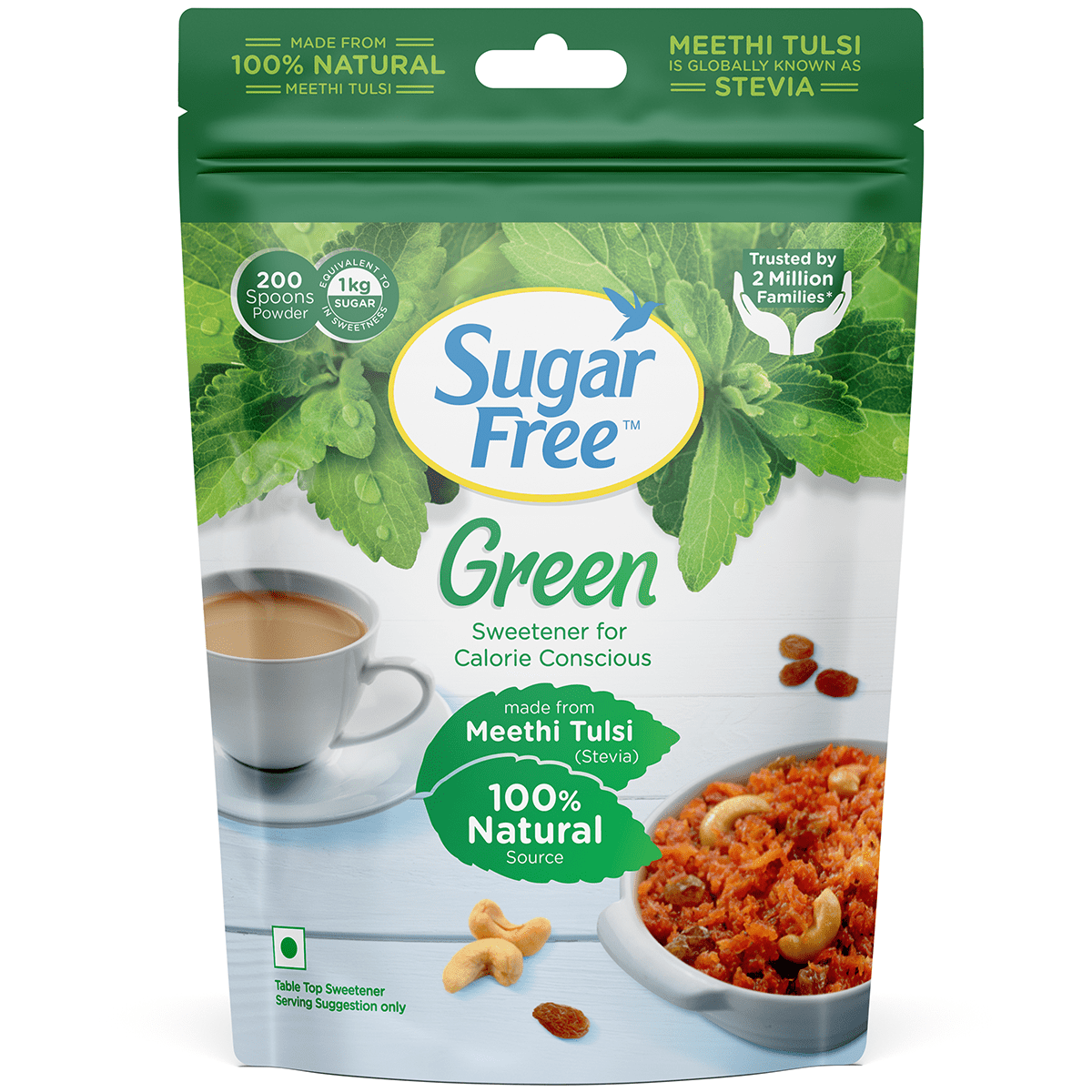
Insights from Semiotic Decoding:
The semiotic decoding identified the key signs, symbols and codes required in pack redesign, in order to activate growth. These were:
a. Authentic Naturalness code – source matters, with the ability to trace the source of the sweetener to an element of nature without doubt
b. Indian-ness code – intuitive comfort with Indian sweets and cultural heritage lowers fears and resistances
c. Sharing code – sweets are not eaten by oneself but are meant to be shared; are a shared pleasure
Results:
In 2 years from launch of the new pack (with improved product) of Sugarfree Green in January 2020, its shipments to e-comm grew by 10x from the monthly average of 2019 and 1.9x across all channels. The recoding of the pack as a meaning system, altered the Green variant’s growth trajectory.
Mapping the Intimate Hygiene Category for a new brand launch
The Challenge: The Indian client, an FMCG major wanted to launch a brand of Intimate Hygiene products into the Gulf/Saudi markets, which are known to be a large market for such products. The marketing team working on the mandate needed a category mapping of intimate hygiene in terms of its symbolism, for concept development.
Our Approach: We interrogated packs, websites, social media as well as regular media content in Arabic, working closely with a Dubai based consumer research agency. We were able to obtain deep insights into the category, its symbolism (signs, symbols, narratives), the influence of Arab/Islamic cultural rules as well as the global brands/Western culture’s narratives on the category.
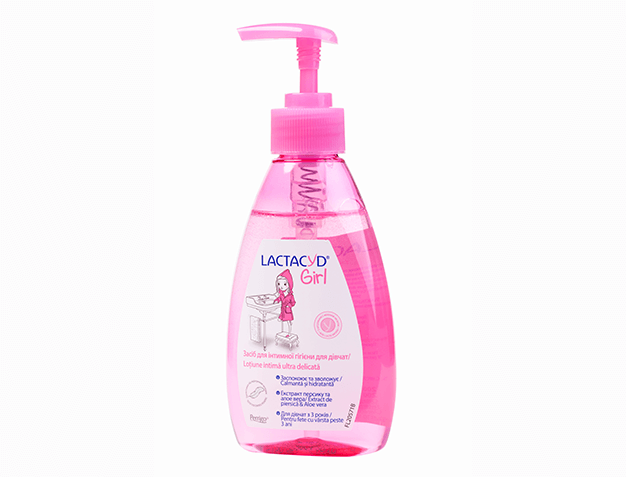
Insights from Semiotic Decoding:
The semiotic decoding identified the meaning system and the positioning territories that define what intimate hygiene stands for. The territories were described in terms of the signs, the symbols, the values and the embedded oppositions. The influence of traditional Arab culture, Islam as well as contemporary stars on Insta were all identified. How brands defined their positioning by connecting narratives of femininity with narratives of product performance was also identified.
Results:
The marketing team were able to develop new concepts that challenged the existing codes as well as identify entirely new narratives that brought new meanings into the category.
A Semiotic Brand Audit for Chambor
The Challenge: A dramatic and significant shift in India’s make up culture had taken place due to the development and growth of Influencers and social media platforms. The brand needed to be re-imagined and re-constructed for future relevance. But before this could be effectively done, its historic evolution needed to be understood, its building blocks and core symbolic DNA identified.
Our Approach: We went back to the beginning of the brand’s development and tracked the changes that had taken place over its 30 year history in response to competitive pressures as well as changing contexts of consumption. The brand was also compared with its leading competitors as a sign system – a system of signs, symbols, codes and narratives/narrative tropes. We decoded websites, packs and communication material. In addition, we also studied make up culture as created and taught by beauty influencers and make up artistes to identify what make up itself now stands for or represents in beauty culture.

Insights from Semiotic Decoding:
1. We were able to identify the core binaries that sit at the heart of the brand and how these had changed over the historic evolution of the brand. We also asked questions about the changing contexts of usage.
For e.g: Frenchness, Swissness and Geneva (European glamour inspired by the French luxury brands such as Lancome).
For e.g: The image of glamour drawn from historic French/European symbolism and its relevance for today.
2. An extremely detailed decoding of pack signs and symbols provided a catalogue of symbolism as well as guidance for their usage, going forward.
3. The cultural decoding of make-up and what it represents today revealed the core concept for the re-construction of the brand to make it relevant to today’s young consumers.
Results:
The marketing team got the new strategic direction that they were looking for, which also tested very well with consumers.
A Semiotic Brand Audit for Brand Valuation of Complan & Glucon D
The Challenge: Zydus Wellness had bid to buy the Complan and Glucon D brands from Kraft Heinz. They wanted an assessment of the Brand’s Equity, not just via consumers’ retained perceptions in long-term memory but also via a Semiotic Brand Audit, in order to understand the worth of the brand in symbolic terms.
Our Approach: A brand’s equity cannot be understood in isolation or only by looking back into the history of the brand’s communication. It needs to be decoded and compared with the category as a sign system – a system of signs, symbols, codes and narratives/narrative tropes. It’s in the comparison that brand distinctiveness as well as brand strengths and weaknesses can be identified. We decoded packs, TVCs and historic advertising of the brands.
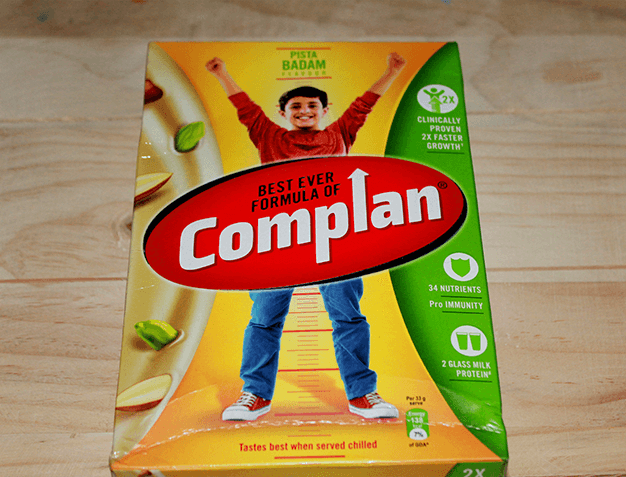
Insights from Semiotic Decoding:
Given below are some of the key category codes that opened up deeper insight into consumption and brand role.
a. The centrality of milk, the product as a milk additive and mothers’ belief in the goodness and nourishment of milk for growing children. We asked, “what would happen to this centrality with the growth of fortified milk?”.
b. School life is anchored on competition and excellence with the accompanying stress and pressure to win. Children’s growth is not a goal in itself, but as a means to this end, of winning. We asked what would happen if this changed? What are the alternative narratives that exist today and could potentially become relevant in the future?
c. A visual audit of signs & symbols revealed the ones that were unique to brands and the ones that were common to the category.
Results:
The marketing team got a deeper insight into the strategic asset that the company had bid for and how to take it forward.
A Semiotic Reading of Audiences
The Challenge: The Client was focused on growing their mosquito repellent business/brand in the rural markets of five States – Tamil Nadu, Andhra Pradesh, Maharashtra, West Bengal and Uttar Pradesh. They wanted to create communication that connected deeply with their audiences. Hence, they wished to identify the tenets of effective communication for rural audiences.
Our Approach: We decoded a large sample of communication aimed at rural audiences. These included advertising by brands for product categories relevant to rural audiences, NGO/Government communication as well as political speeches. In a follow up study, we also identified the defining codes of Bengali culture and how the clients’ current advertising played to or did not address these codes.

Insights from Semiotic Decoding:
1. The semiotic decoding identified the key signs and symbols of villages and rural life, the Rural Imaginary. Besides that, we identified the 12 genres and 21 narrative codes popularly used in communicating with rural audiences.
2. The defining values of rural culture are Tradition, Authority, Prosperity, Development, Optimism balanced with pragmatism. There is also a sense of openness and vastness of space (open fields and forests). People interactions are experienced as performances.
3. Three codes of Bengali culture are important for effective brand communication. These are the Bhadrolok vs. Chottolok divide, an appreciation of the truly feminine dimensions of women and the importance of dialogue, discussion and debate. An absence of these codes in an ad, would make it disconnected from the rural Bengali audience.
Results:
Our analysis of the Clients’ TVCs and guidance for improvement gave them a clear direction on how to create ads that connect with the audiences of rural West Bengal.
A Semiotic Reading of Cultural Discourse
The Challenge: Our client, a marketing/business consultancy had to advise and guide Mahindra on refreshing their brand and product portfolio with an eye to the future. As such, they wanted to know what the concept of Alpha-ness stands for in contemporary culture, through a study of popular culture discourse.
Our Approach: We selected a large sample of texts from popular culture – movies (33 films, 25 in Hindi, 8 in Tamil/Telugu) and web series (19 in all, 16 in Hindi and 3 in Tamil/Telugu) that explored notions of power, dominance, strength, protection and such ideas within the construct of their narrative. Apart from this, we decoded SUV category communication and compared it with Sedan communication (87 TVCs) by all the leading brands in the auto sector.

Insights from Semiotic Decoding:
Alpha is often used as a substitute for Machismo and the tough masculine. However, in popular culture today, Alpha-ness has a much broader definition, to do with living a life that makes an impact on the world around.
Alpha is de-gendered, viz, both men and women can display Alpha traits.
There are 8 traits/qualities that define Alphaness. These are anchored into a socio-centric construct, not an individualistic construct; hence has a strong moral dimension to it as well.
Results:
Our analysis and the codes identified gave the Client a clear direction and way forward for redirecting the Mahindra brand and product portfolio.
